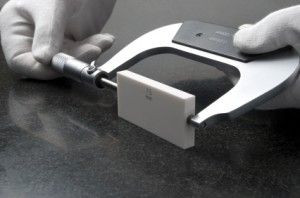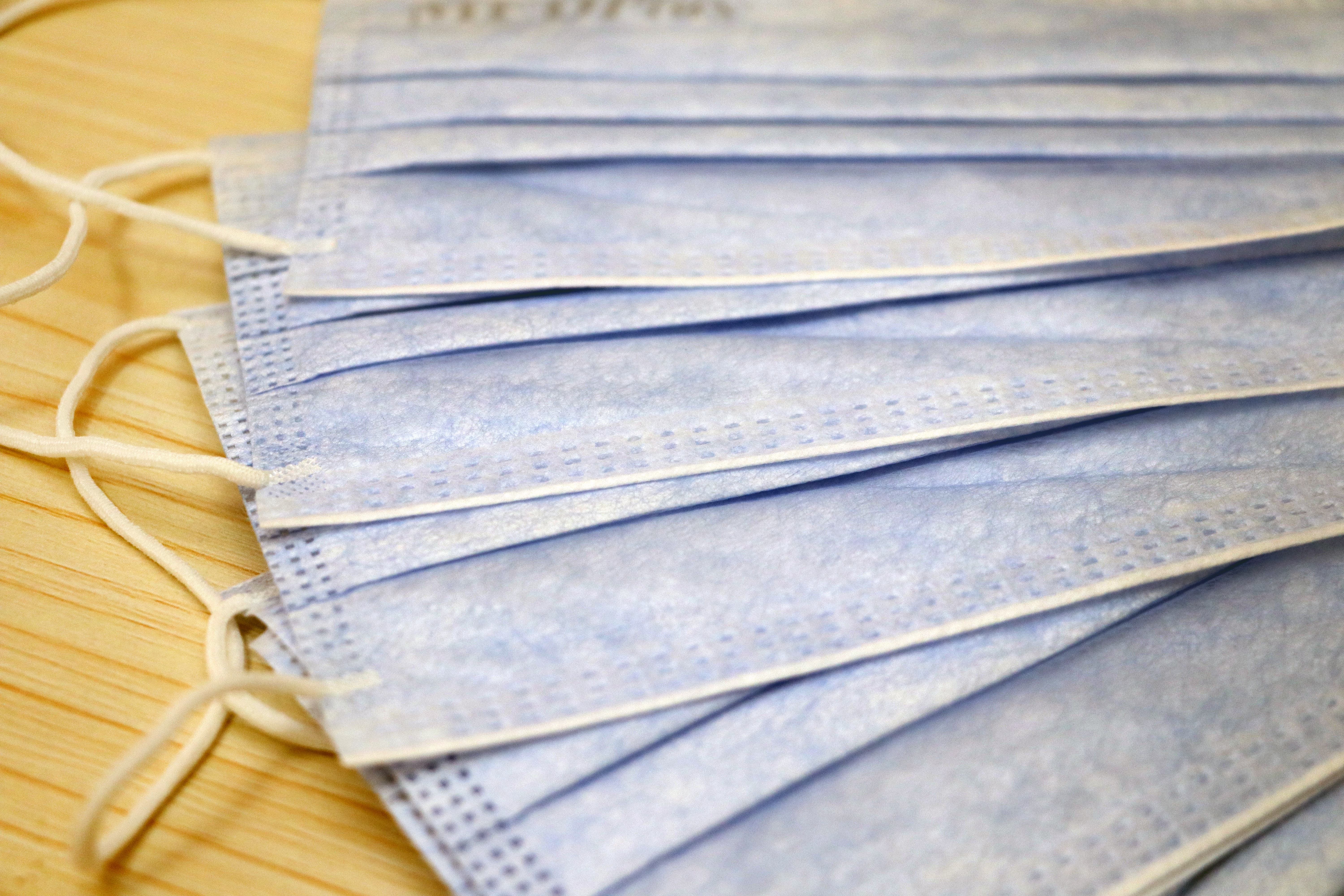
In July 2021 the Therapeutic Goods Administration (TGA) published significant updates to the Therapeutic Goods (Medical Devices) Regulations 2002 (the Regulations). Access the current version of the Regulations via the TGA website. WHAT HAS BEEN UPDATED? Sub-regulation 4.1 This sub-regulation has been repealed. So what does this mean? It is no longer a requirement for the manufacturer of medical devices which fall into the categories listed below, to hold a TGA Conformity Assessment (CA) certificate as the only accepted evidence of conformity, before submitting your application for inclusion on the Australian Register......
Continue Reading

Due to the COVID-19 pandemic, the demand for PPE has significantly increased. In response to the greater demand, the TGA has issued guidance on the regulation of face masks, gloves and gowns. The regulation is dependent on the product type and its therapeutic purpose. What is PPE? PPE refers to clothing and equipment (face masks, gloves and gowns) used to protect an individual against one or more health and safety hazards. When is PPE considered a medical device? The regulation defines PPE as articles that are non-sterile personal protective equipment or safety......
Continue Reading

What does this mean? The TGA has changed the inclusion process by which non-measuring, non-sterile Class I medical devices are included in the ARTG. The changes came into effect October 2020. What has changed? The TGA has modified the process, by which Class I inclusion applications in the ARTG are done. The application has been updated with additional requirements; applicants must now provide a manufacturer’s Declaration of Conformity when applying to include the device on the ARTG. The Manufacturer’s Declaration of Conformity form for these devices has been amended, making it more......
Continue Reading

In 2020, the TGA are implementing a range of changes to the medical device regulations due to a number of reasons; some of which include changes to the European device regulations and new technologies now considered medical devices. The TGA have released an Action Plan, which has a 3-strategy approach to implementing the changes. The Action Plan Strategy 1 – Improving how new devices get on the market The TGA is strengthening its assessment processes and oversight of how devices are approved for use on the Australian market. Better assessment of new......
Continue Reading

In the modern era of manufacturing its common for a company to make the decision to outsource part or full manufacturing of medical devices to a sub-contract manufacturer/critical supplier. There are many reasons for the medical device manufacturer to do this i.e. expertise, scale of manufacture, latest technology and cost. Its vitally important to select the right sub-contract/critical supplier manufacturer. How to find the right sub-contract/critical supplier manufacturer: Size – This will determine their ability to meet your manufacturing needs, whether this is with specialised equipment or the newest technologies. Consider the......
Continue Reading

What is this role? This is a new regulatory compliance role introduced by the Medical Device Regulation (MDR) 2017/745 and In Vitro Diagnostic Regulation (IVDR) 2017/746. This is the first time a role of this type is officially recognised and must be appointed by the manufacturer. This is a separate role to that of the Authorised Representative. How to comply? Article 15 in the MDR and IVDR is entirely dedicated to the definition of the requirements, tasks and duties of the Person Responsible for Regulatory Compliance. It requires that manufacturers have at......
Continue Reading

When does the MDR become applicable? The MDR will come into force May 2020. What does the introduction of the MDR mean? The MDR replaces the EU’s existing Medical Device Directive (MDD) (93/42/EEC) and Directive on Active Implantable Medical Devices (90/385/EEC). The purpose of the MDR is to improve traceability and safety of devices in the EU. Changes required to transition to MDR: Assess Device Classifications Some device classifications as per the MDD have been retained, while more have become more stringent, which can result in a device being reclassified as a......
Continue Reading

In recent years there has been increased emphasis on data integrity, as this is a critical factor for the manufacturer in measuring the quality of their product and their credibility. What is Data integrity? Every organisation knows the saying, ‘If it isn’t written down, it didn’t happen’, this is fundamental in a manufacturing environment. Data is essential in the manufacturing process, without data how can the integrity of the product or processes be proven, without data it is harder to identify risks and opportunities for improvement. The FDA identify data integrity as......
Continue Reading

The new MDR will apply across EU Member States from May 2020, under this regulation there are defined obligations which lie with the major stakeholders in the device lifecycle. These obligations need to be fulfilled to ensure compliance with the regulation when placing the device on the market. Manufacturer Dependent on classification of the device, will get a CE certificate from the Notified Body or self-certify the device. Affix CE mark. Responsible for placing CE marked product on the market. Responsible for registering products on the EUDAMED database Retain technical documentation, CE......
Continue Reading

With a Brexit deal or no Brexit deal still on the cards, when either outcome comes into effect, the UK will be considered a third country. Countries which are located outside the EU are considered ‘third countries’. To ensure uninterrupted market access, it is advised for manufacturers to prepare for Brexit. Implications for product on the Australian market: The TGA will continue to recognise conformity assessments from UK based Notified Bodies for existing and new ARTG listings and applications. The TGA will recognise: Device certifications by UK notified bodies through 31 Dec......
Continue Reading
